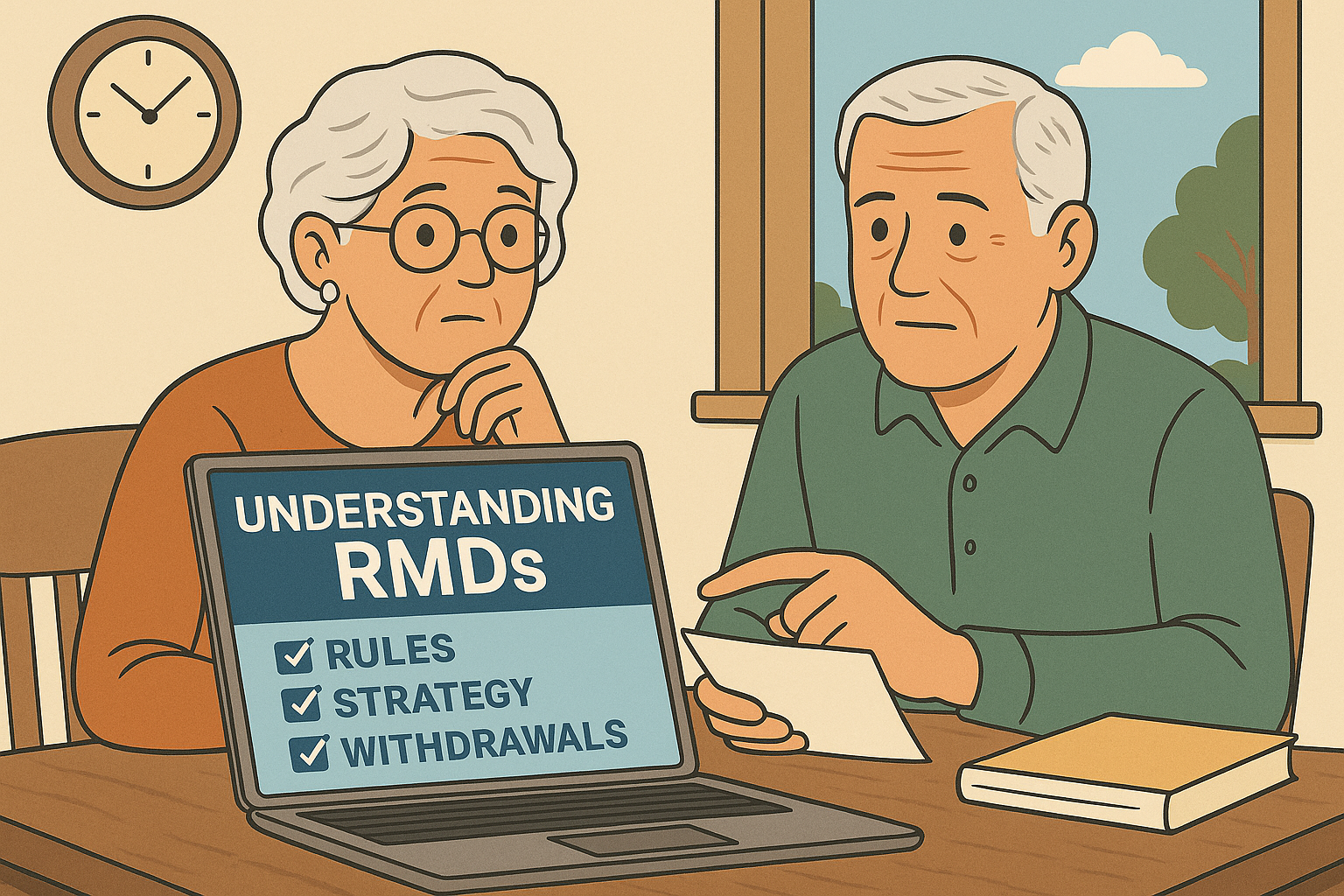How to save for the high cost of higher education
October 28, 2016
It is probably no shock to you when I say there is a “baby bust” happening in the United States right now. In 2015, the fertility rate — defined as the number of live births per 1,000 women ages 15 to 44 — dropped to tie the lowest level on record, which was 62.5, in 2013. The baby boomer generation is, of course, defined by the explosion of births after WWII. It makes you wonder if the millennials’ children’s generation will come to be defined by the opposite.
For those millennials who are having children or beginning to consider it, you need to start thinking about their education. Perhaps that feels so far away that you’re rolling your eyes. But 18 years is not that long. Think about it this way: Most people get 40 or more years to save for retirement. While you won’t need as much money for your kids’ college, it does help put it in perspective how much shorter your time frame is.
Let’s start with the basics. There are three major ways that you can save for college: a 529 Plan, a Coverdell Education Savings Account (ESA) or a Roth IRA. All three of these accounts allow you to grow money tax-deferred and, if used for qualified education expenses, distribute the funds free of tax. But each has its own set of parameters and limitations. Therefore, if you are already working with a financial adviser, let them help you determine which is best for your situation.
If you don’t have a financial adviser, here are a few broad tips to help:
- Income limitations: You cannot contribute to a Roth IRA if your modified adjusted gross income (MAGI) is over $194,000 (filing jointly). Also, you cannot contribute to a Coverdell ESA if your MAGI is over $220,000.
- Contribution limitations: If you are able to contribute to a Roth IRA or a Coverdell, you are limited to annual contributions of $5,500 and $2,000, respectively. There are no technical contribution limits for a 529; however, you should stay under $14,000 to avoid paying gift tax.
- Leftover money: If you have money left over in a 529 or Coverdell ESA, you cannot distribute it without paying ordinary income plus a 10 percent penalty. However, you can transfer the money to another eligible family member free of charge.
- Investment choices: With a 529, you can invest only in mutual funds or annuities. With a Roth IRA and Coverdell, you can invest in mutual funds, stocks, bonds, etc.
Now that you have at least some idea how you’re going to save for your kids’ college, now let’s talk about how much it’s going to cost you. According to the College Board Study, for the 2015-16 school year, the average “sticker price” was $24,061 for in-state public college expenses and $47,831 for private college expenses. That’s anywhere from $96,244 to $191,324 on average for four years of undergrad! If that isn’t eye-opening enough, the current student debt total in the United States is about $1.3 trillion, and the average class of 2016 graduate owes $37,172!
Over the last 30 years, college tuition has experienced 1,200 percent inflation. It’s risen two times faster than medical expenses, five times faster than food costs and four times faster than the Consumer Price Index. While it seems the higher education system in the United States is ripe for a makeover, we urge you to start planning now for what could be one of the most expensive decisions you and your children will ever have to make.
Jennifer Pagliara is a financial adviser with CapWealth Advisors. Her column appears every other week in The Tennessean. For more information, visit www.capwealthadvisors.com.














